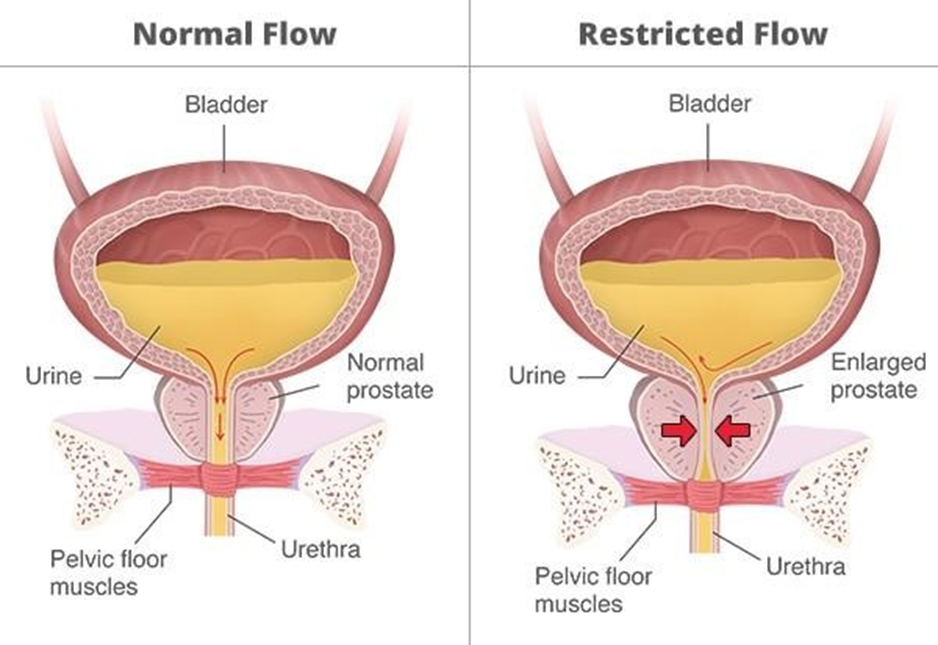A charge nurse making rounds observes that an assistive personnel (AP) has applied wrist restraints to a client who is agitated and does not have a prescription for restraints. Which of the following actions should the nurse take first?
Inform the unit manager of the incident.
Speak with the AP about the incident.
Remove the restraints from the client's wrists.
Review the chart for nonrestraint alternatives for agitation,
The Correct Answer is C
A. Informing the unit manager is essential but not the first immediate action when a client is improperly restrained.
B. Speaking with the AP about the incident is important, but the priority is to ensure the client's safety and well-being.
C. Removing the restraints from the client's wrists is the first action to address the
inappropriate application of restraints without a prescription to ensure the client's safety and prevent harm.
D. Reviewing the chart for nonrestraint alternatives for agitation is important, but the priority is to address the immediate issue of the improperly applied restraints to the client.
Nursing Test Bank
Naxlex Comprehensive Predictor Exams
Related Questions
Correct Answer is B
Explanation
A. A client who has peripheral vascular disease and has an absent pedal pulse in the right foot is not the highest priority because this is a chronic condition that does not pose an
immediate threat to the client's health. The nurse should monitor the client's circulation, provide education on foot care, and encourage smoking cessation if applicable.
B. This client is at risk for urinary retention, which can lead to bladder distension,
infection, and renal damage. The nurse should assess the client's bladder, perform a
bladder scan, and notify the provider if indicated. This is the most urgent situation that requires immediate intervention.
C. A client who is newly diagnosed with pancreatic cancer and is scheduled to begin IV chemotherapy is not the highest priority because this is a planned procedure that does not require immediate action. The nurse should prepare the client for chemotherapy, provide emotional support, and teach the client about potential side effects and complications.
D. A client who has methicillin-resistant Staphylococcus aureus (MRSA) and has an
axillary temperature of 38° C (101° F) is not the highest priority because this is a sign of infection that can be managed with antibiotics and infection control measures. The nurse should administer the prescribed antibiotics, monitor the client's vital signs, and
implement contact precautions.

Correct Answer is A
Explanation
A. A physical therapist can assist with the proper application and usage of transcutaneous electrical nerve stimulation (TENS) for pain management, providing guidance on its use and techniques for optimal outcomes.
B. Occupational therapists focus more on functional activities related to daily living.
C. Respiratory therapists specialize in respiratory care.
D. Pharmacists primarily handle medication-related concerns and may not specifically assist with TENS therapy.
Whether you are a student looking to ace your exams or a practicing nurse seeking to enhance your expertise , our nursing education contents will empower you with the confidence and competence to make a difference in the lives of patients and become a respected leader in the healthcare field.
Visit Naxlex, invest in your future and unlock endless possibilities with our unparalleled nursing education contents today
Report Wrong Answer on the Current Question
Do you disagree with the answer? If yes, what is your expected answer? Explain.
Kindly be descriptive with the issue you are facing.
